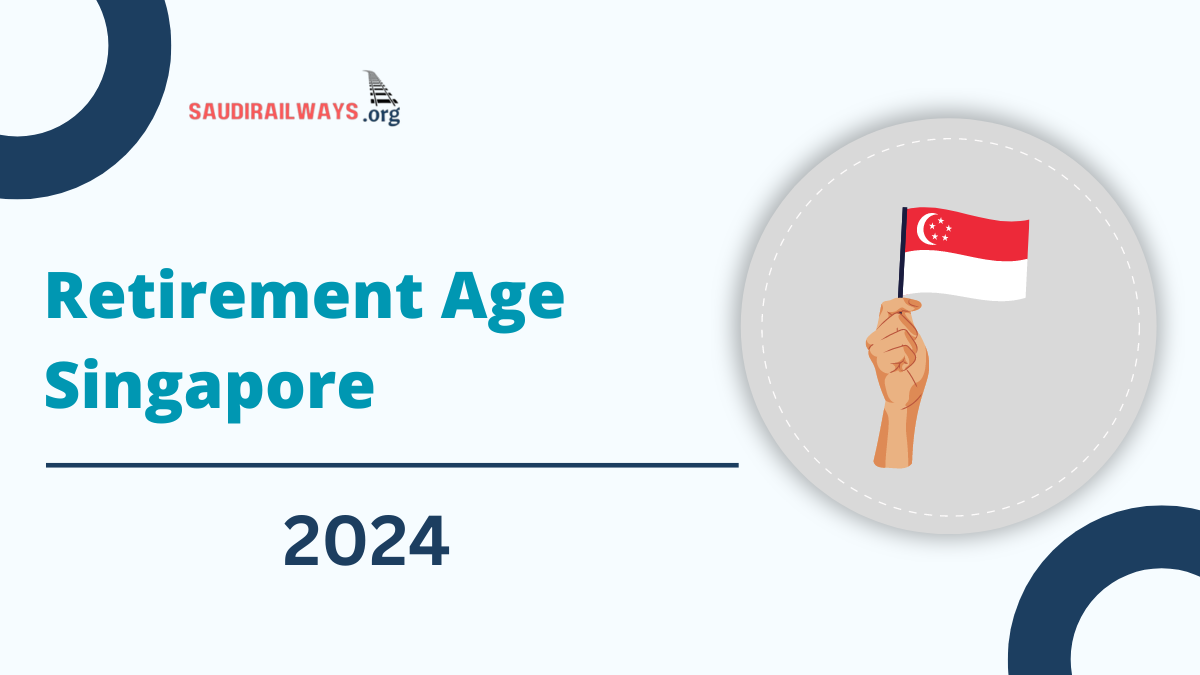The Singapore Government has recently announced changes to the retirement and re-employment ages. This decision comes in response to the growing demand from senior citizens who wish to remain active in the workforce for a longer period. The adjustments aim to provide financial stability for seniors and allow them to continue contributing to the nation’s economic development.
Contents
- Retirement Age Singapore
- Anticipated Outcomes
- Impact of New Retirement Age
- Advantages
- Challenges
- Exemptions from Retirement Age Adjustments
- Parameters for Continued Employment
- Residency and Citizenship
- Employment History
- Health
- Performance Evaluation
- Government Support Grants for Retirees
- Types of Pensions
- Non-Contributory Pension Scheme
- Provident Fund Scheme
- Conclusion
- Related posts:
Retirement Age Singapore
- Retirement Age: Increased from 63 to 64
- Re-employment Age: Increased from 68 to 69
Anticipated Outcomes
- Extended Participation: Senior citizens can stay longer in the workforce.
- Economic Contribution: Financially sustains senior citizens and boosts economic development.
Impact of New Retirement Age
Advantages
- Senior Engagement: Approximately 90% of older employees wish to stay engaged.
- Job Market Evolution: Reflects the changing job market and highlights the contributions of senior citizens.
Challenges
- Generational Gap: Differences in upbringing and perspectives between senior and young employees.
- Technology Adaptation: Evolving technology may create challenges.
- Workplace Fairness Legislation: Proposed to ensure a harmonious and fair work environment.
Exemptions from Retirement Age Adjustments
Category |
Exempted Personnel |
|---|---|
Police, Narcotics, Civil Defence, Prison, and Corrupt Practice Investigation Services |
Yes |
Singapore Armed Forces Personnel |
Yes |
Individuals with weekly working hours of 20 or less |
Yes |
Employees with less than 2 years of service |
Yes |
Crew members of commercial airplanes |
Yes |
Parameters for Continued Employment
Residency and Citizenship
Senior citizens who want to work past the new retirement age in Singapore must have verified permanent residency or citizenship. This status ensures entitlement to benefits and legal protection.
Employment History
In order to remain employed, senior citizens must have started working for their current employer before turning 55 and provided at least 2 years of continuous service before reaching 63.
Health
Senior employees must be in good health to work effectively. They may need regular health check-ups to ensure fitness for work. Good health is crucial for their performance and to avoid health-related issues.
Performance Evaluation
Employers must evaluate senior employees to ensure they meet required standards. They should provide feedback and support for improvement if needed. The Retirement and Re-employment Act prevents termination based solely on age before retirement age, ensuring fair treatment and continued employment based on performance.
Government Support Grants for Retirees
- Healthcare Grants
- Senior Employment Credit Grants
- Age Pension Scheme: This scheme is based on contributions during the working period, with potential increments discussed in the 2023 budget.
Types of Pensions
Non-Contributory Pension Scheme
The Non-Contributory Pension Scheme provides monthly pension payments to retired government employees without requiring them to contribute to the pension fund during their working years. The amount of the pension is based on the retirees’ living requirements, ensuring they have sufficient financial support for a decent standard of living after retirement. This scheme offers financial security for government employees in their retirement years.
Key Features:
- Eligibility: Exclusively for government employees.
- Contributions: No contributions required from employees during their working years.
- Payments: Monthly pension payments based on living requirements.
- Purpose: Provides financial security and support to retired government employees.
Provident Fund Scheme
The Provident Fund Scheme is designed for armed forces personnel. It requires employees to contribute to the fund during their service years, with the government also making contributions. Upon retirement, the accumulated funds, including contributions and interest, are paid out based on salary and years of service. This scheme provides a financial reserve for armed forces personnel after retirement, acknowledging their vital role in national security.
Key Features:
- Eligibility: Exclusively for armed forces personnel.
- Contributions: Both employees and the government contribute to the fund.
- Payments: Lump-sum payment upon retirement, based on salary and service duration.
- Purpose: Provides a substantial financial reserve for retired armed forces personnel, ensuring their financial stability post-retirement.
Conclusion
The Singapore government has announced an increase in the retirement age, addressing the demands of senior citizens. While this change brings benefits, it also poses challenges to workforce dynamics. New legislation aims to maintain harmony in the workplace.
Click the link to know more
Related posts:

I am a passionate technology and business enthusiast, constantly exploring the intersection where innovation meets entrepreneurship. With a keen eye for emerging trends and a deep understanding of market dynamics, I provide insightful analysis and commentary on the latest advancements shaping the tech industry.

